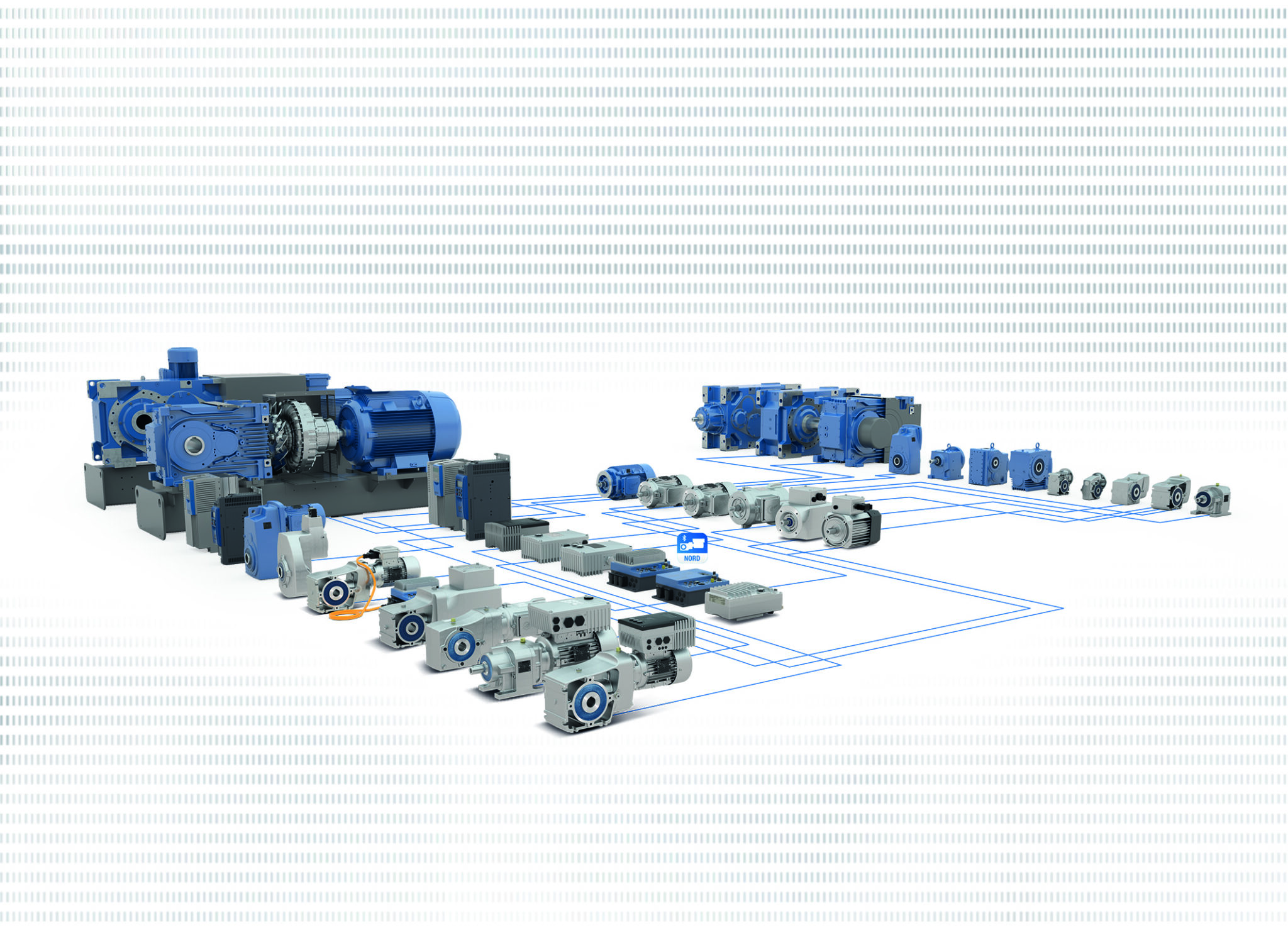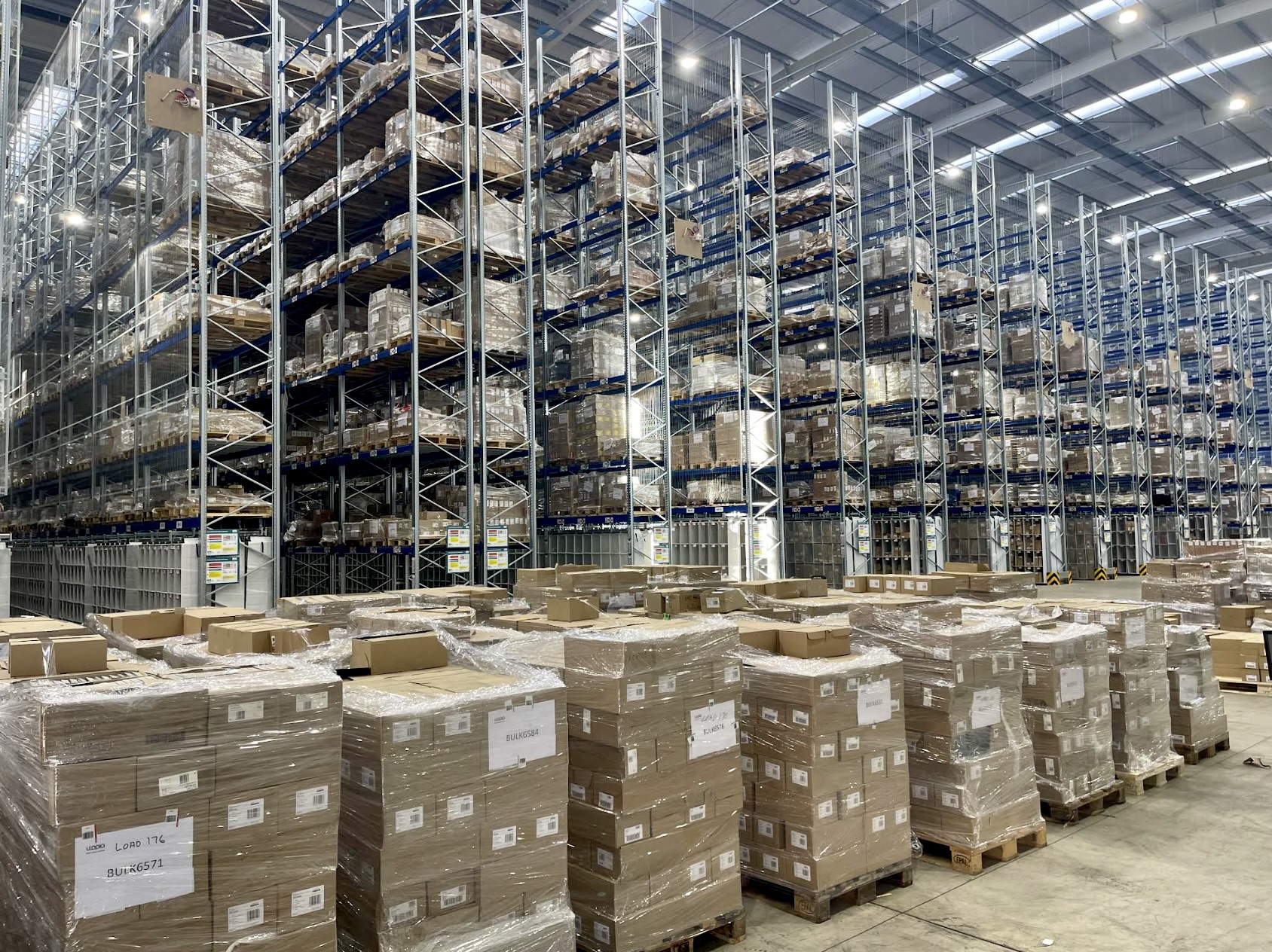St. Modwen Logistics, one of the UK’s leading logistics developers and managers and a Blackstone portfolio company, has announced today that two local businesses have committed to a total of 62,000 sq.ft of modern warehouse space at St. Modwen Park Broomhall in Worcester, significantly expanding their operations in the area.
OBEX Protection, which manufactures and distributes protective construction solutions, has agreed to lease 47,000 sq.ft at the Park. OBEX, which will retain a 27,000 sq.ft base of operations at St. Modwen’s nearby Nunnery Park scheme, is taking this additional space to increase its manufacturing and distribution operations in response to a rapid growth in demand for its products in recent years.
Automotive and tech distribution company Nemesis is also following suit and will almost double its footprint with St. Modwen by signing for 15,000 sq ft of space at SMP Broomhall whilst retaining its 19,000 sq ft unit at Nunnery Way.
Planning permission for the third and final phase of development has also been secured with the construction of two units – 40,000 sq.ft and 32,000 sq.ft – set to begin later this summer. The development will create 95 jobs across a diverse range of employment types and has been supported by local employment groups including Worcestershire Education Business Partnership and the LEP Skills team.
Situated on the southern outskirts of Worcester, St. Modwen Park Broomhall is located just one mile from Junction 7 of the M5, which provides easy access to the wider Midlands, the South West and South Wales, as well as the wider national infrastructure networks. The Park benefits from a strong workforce catchment located within five miles of the site and has been delivered in line with St. Modwen’s ‘Swan Standard’ of sustainable development, benefiting from an EPC A rating and EV car charging provision, and achieving net zero embedded carbon.
Peter Davies, Development Director at St. Modwen Logistics, commented: “Supporting customers and helping them to grow is the cornerstone of our business and so we were naturally delighted when both OBEX and Nemesis asked us to support them again with their expansions. It’s fantastic to see two local businesses growing in this way, and even better that they are able to remain in the local area as a result of our development at St. Modwen Park Broomhall.
Rob Francis, Director, OBEX Protection, said: “Following a period of rapid growth, we are excited to announce an expansion into a new 47,000 sq.ft unit which will provide crucial support for our operations. It was important for us to remain in Worcester where the company was founded and having worked closely with St. Modwen since July 2020 we had no hesitations about agreeing a deal to move in to St. Modwen Park Broomhall.”
Chris Chance, CEO at Nemesis, added: “There is a dearth of modern, high-quality warehouse space in the area that supports our long-term sustainability goals. We are very pleased to a have secured new premises at Broomhall which will allow us to maintain our trajectory and attract the staff we need.”
St. Modwen is a property developer owned by Blackstone focused on logistics and housebuilding. St. Modwen Logistics develops and manages urban and big box warehouses for customers including global logistics and e-commerce organisations as well as significant national and regional enterprises.










